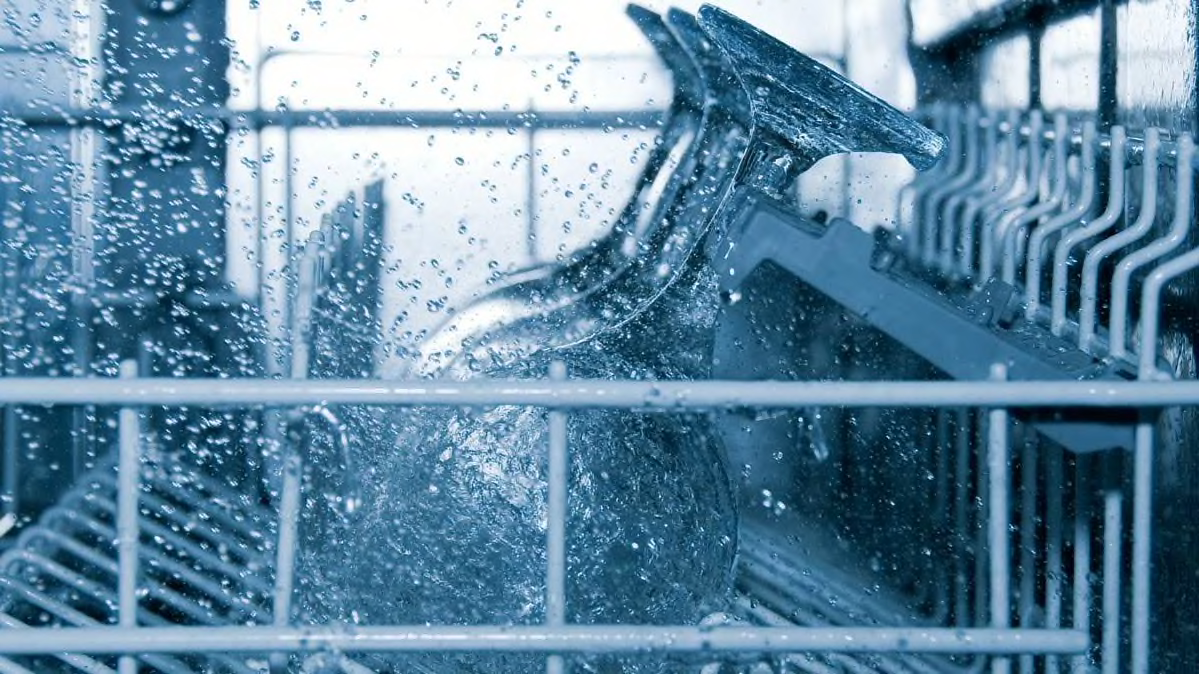
What do you think happens to all those soggy bits of food as water and dishwasher detergent circulate through a dishwasher? They end up in a filter beneath the bottom rack.
"The filter prevents food from redepositing debris on clean dishes and clogging the drain," says Larry Ciufo, who oversees CR's dishwasher tests.
Manufacturers have changed their approach to filters over time.
"If your dishwasher is 10 years old or older, it probably has a self-cleaning filter," says Ciufo. Over the past decade, dishwasher manufacturers have moved away from that type, which is often equipped with a grinder, to quieter manual-clean filters.
Both types are effective, but they work differently. The biggest difference is that you need to clean a manual filter regularly.
If you're in the market to replace your dishwasher, you'll find most new models have manual-clean filters. Start your search with our dishwasher buying guide. You'll see filter types called out among the Features & Specs listed in our dishwasher ratings and on each model's summary page.
But what about the dishwasher you're currently using? Below, we break down how to tell which type you're working with, and what that means for you.
Self-Cleaning Filters
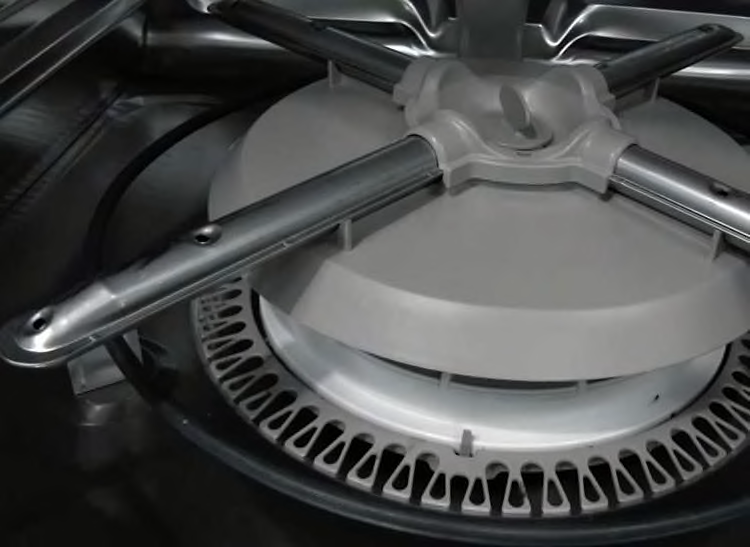
Self-cleaning filters rarely need your attention. To determine whether this is the type you have, look inside the dishwasher for a plastic grid or series of holes at the base of the machine that cover the filter, as in the photo above.
Some self-cleaning filters have a grinder that pulverizes food so that it goes down the drain easily, but our tests have found that they tend to be noisy.
To address the noise problem, many self-cleaning filters now have an ultrafine mesh, but no grinder. The rush of water forces food through the filter, breaking it into tiny particles that wash away.
This quieter type of self-cleaning filter is found on some of the more expensive dishwashers.
Good insulation can dampen the noise a dishwasher makes. That's why some dishwashers with a standard self-cleaning filter still earn decent scores in our noise tests.
Manual Filters
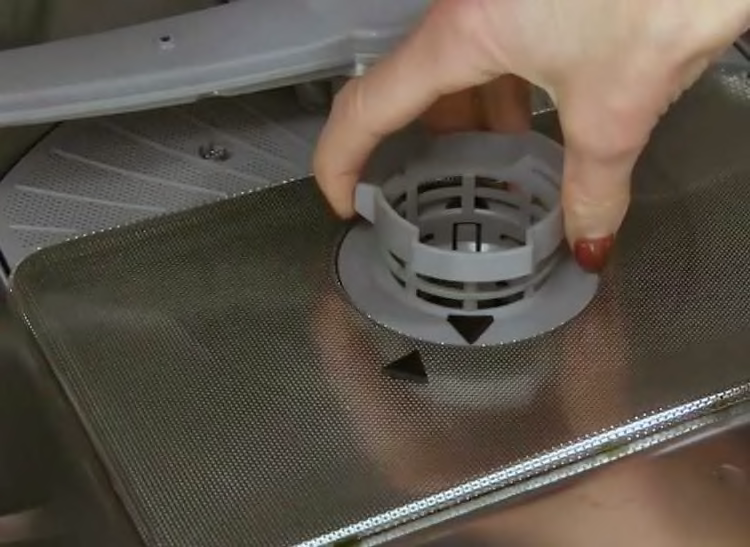
Manual filters, which tend to be quieter, require occasional maintenance. Skip cleaning it and the food it collects can cause odors and reduce water flow, preventing dishes from getting their cleanest.
To find out whether you have this type, look under the plastic spray arms at the bottom of the tub and you'll see a round plastic part like the one shown above. (It resembles the filter on some carafe water filters.) Arrows on top might indicate which direction to turn the filter for unlocking and locking it.
To clean a manual filter, turn and remove it, then rinse it under running water (see the photo below) until all the debris is gone. Wipe away any gunk that's stuck to the plastic component.
Check the owner's manual or manufacturer's website to find out how frequently you need to clean the filter. But a sure sign it's time is when you start to notice bits of food stuck to dishware after the wash cycle.
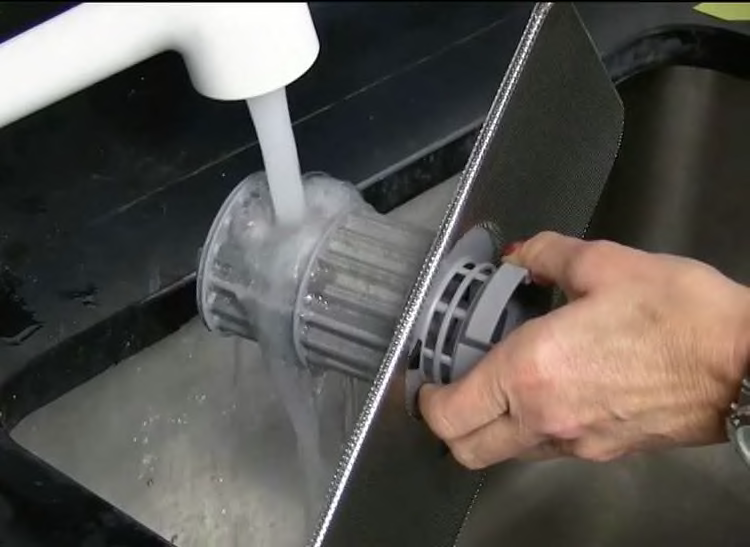
Choosing a Dishwasher Just Got Easier
You'll find more than 100 models from a wide range of brands in our dishwasher ratings.
To make it easier for you to find the best dishwasher for your budget, we combine lab test results, predicted reliability, and owner satisfaction into a single Overall Score. Predicted reliability and owner satisfaction scores come from our survey of CR members' experiences with 72,307 dishwashers purchased between 2008 and 2018.
How to Make Appliances Last
Want to keep your household appliances in tip-top shape? On the "Consumer 101" TV show, Consumer Reports expert Eric Hagerman explains the most important thing you can do to keep these machines working properly.
















